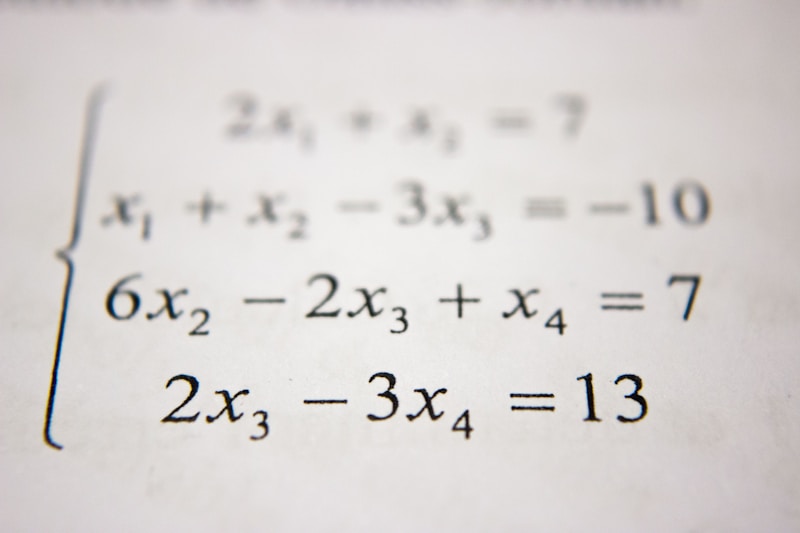Questions and Answers
What is the quotient of 27 ÷ 9?
3
What is the result of 12 ÷ 6?
2
If you divide 40 by 8, what is the quotient?
5
In the division problem 24 ÷ 3, what is the correct quotient?
Signup and view all the answers
If you divide 27 by 3 instead of 9, what would be the incorrect quotient?
Signup and view all the answers
Study Notes
Solving Division Problems: A Step-by-Step Approach with Examples
Division problems involve breaking up a larger amount into equal parts, often referred to as finding the quotient. Let's explore some common division problems, focusing on the specific cases of (24 \div 3), (27 \div 9), (12 \div 6), and (40 \div 8).
Step 1: Understand the Problem
Read the problem carefully, ensuring you understand the quantities being divided and the resulting quotient sought.
Step 2: Identify the Division Factors
Identify the number being divided (the dividend) and the number dividing it (the divisor).
For example, in (24 \div 3), the dividend is 24, and the divisor is 3.
Step 3: Divide
Perform the division operation.
For (24 \div 3), the result is (8).
Step 4: Check the Result
Ensure the result is reasonable. For example, does it make sense to divide 24 by 3 and get 88? If not, recheck your work.
Step 5: Write the Solution
Write the solution in the form "(dividend \div divisor = quotient)."
For (24 \div 3 = 8).
Additional Examples
- (27 \div 9 = 3): Divide 27 by 9 to get 3.
- (12 \div 6 = 2): Divide 12 by 6 to get 2.
- (40 \div 8 = 5): Divide 40 by 8 to get 5.
Generalizing Division
Dividing by a specific number does not change the division principle. You can apply the same steps and principles to any division problem.
For example, to solve (79 \div 17):
- Identify the dividend (79) and the divisor (17).
- Divide (79 ÷ 17 = 4).
- Check (4 is a reasonable result).
- Write the solution ((79 \div 17 = 4)).
Division problems are essential for understanding fractions, ratios, and proportions. By expanding your practice with these common problems, you'll build a stronger foundation for success in mathematics.
Studying That Suits You
Use AI to generate personalized quizzes and flashcards to suit your learning preferences.
Description
Learn to solve division problems step-by-step with examples such as 24 ÷ 3, 27 ÷ 9, 12 ÷ 6, and 40 ÷ 8. Understand the problem, identify division factors, perform the division, check the result, and write the solution. Practice with additional examples to strengthen your division skills and apply the principles to any division problem.




